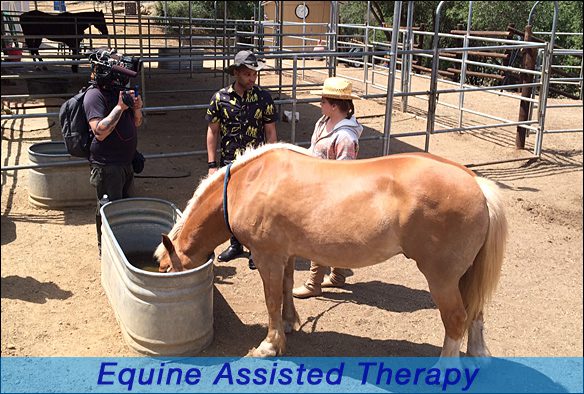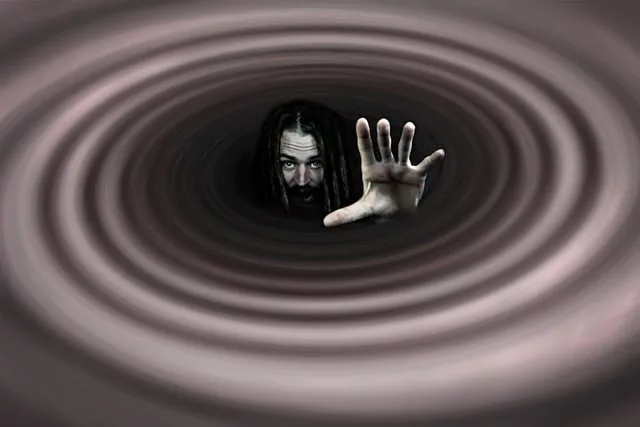“I discovered that the horse is life itself, a metaphor but also an example of life’s mystery and unpredictability, of life’s generosity and beauty, a worthy object of repeated and ever changing contemplation,” wrote Jane Smiley, an American novelist and Pulitzer Prize winner. Her words capture the soothing and restorative affect that horses can have on people.

Equine Therapy, sometimes referred to as Equine-Assisted Therapy (EAT), is the use of horses to promote emotional and physical growth and healing in a person. Civilizations as far back as the ancient Greeks, more than two thousand years ago, knew the incredible bond between humans and horses had therapeutic value, and they were the first to document this fact.
Modern equine therapy may have gotten its start in the 1940s when therapeutic riding was introduced in Scandinavia after an outbreak of polio. Equine therapy continued to gain ground and proved to be beneficial for people with physical disabilities. Current research suggests this type of therapy can help people with many kinds of disorders.
What Disorders Benefit From Equine Therapy?

- Attention Deficit Disorder (ADD)
- Cerebral Palsy
- Depression
- Anxiety
- Autism
- Drug and alcohol addiction
- Developmental/genetic disorders, such as Down Syndrome
- Post-Traumatic Stress Disorder (PTSD)
Equine-assisted therapy encompasses a wide variety of activities, not just horseback riding. Patients undergoing equine therapy might not ride a horse for several sessions. Often other skills must first be developed, such as learning to properly care for a horse, maintenance, and grooming techniques, as well as how to saddle up a horse. These different activities have led to various types of equine therapies.
What are 3 Equine Assisted Therapy Activities?
Practicing Activities
Patients undergoing this therapy often choose an activity that they’re not familiar with, when it comes to taking care of the horse. For instance, they might learn how to feed and bathe the horse and, during this process, try to communicate the thoughts and feelings this brings about.
Cognitive Therapy
This type of treatment is useful for people suffering from anxiety. Horses often respond to their surroundings and flee if they sense any danger at all. Focusing on a horse’s anxiety and learning to calm the animal’s fears can be incredibly useful in developing these skills on a personal level.
Cognitive Behavioral Therapy focuses on the relationship between a person’s thoughts, behaviors, and emotions.
Scheduling Activities
Having to take care of a horse continually provides a different set of challenges for patients. This can help a person have something outside of themselves to focus on and care for. It can also teach flexibility because the needs of the horse under their care can change suddenly and without notice.
Other skills that are developed with equine therapy include a new sense of self-confidence, improved motor skills, communication techniques and the ability to recognize boundaries.
Because of the benefits of equine-assisted therapy, more and more people suffering from different illnesses and disorders are experiencing relief from some of their symptoms. The horse is truly a gift for all kinds of people.
Related:
Depression Treatment Center in California





